A bicoastal couple, the husband a director and the wife an actress, find themselves embroiled in a painful divorce and custody battle in the Netflix-distributed film “Marriage Story,” praised for its depiction of family and intimacy. Director of “Marriage Story” Noah Baumbach reflected on Netflix’s extensive original film efforts and attributed its success to Vice President of film Scott Stuber in an interview with Business Insider.
“Scott has found, and continues to find, a balance between the traditional Hollywood model and Netflix’s innovations,” Baumbach said.
As Netflix’s role expands from a service offering access to films and television to a creator and distributor of original content, it shares traditional Hollywood studios’ struggles of considering issues of diversity and privilege. Ultimately, Netflix’s ability to offer something other big studios do not is affected by its pursuit of awards and its operations as a streaming service, complicating its status as an innovator.
Craving Award Validation
“Marriage Story” and “The Irishman,” with their A-list casts, take most of the credit for Netflix’s Oscar nods, as Netflix leads the pack of long-dominating studios and distributors like Disney and Sony with 24 total nominations. “The Irishman” is a crime film centered on a man’s career as a trucker-turned-hitman rubbing elbows with powerful mafiosos.
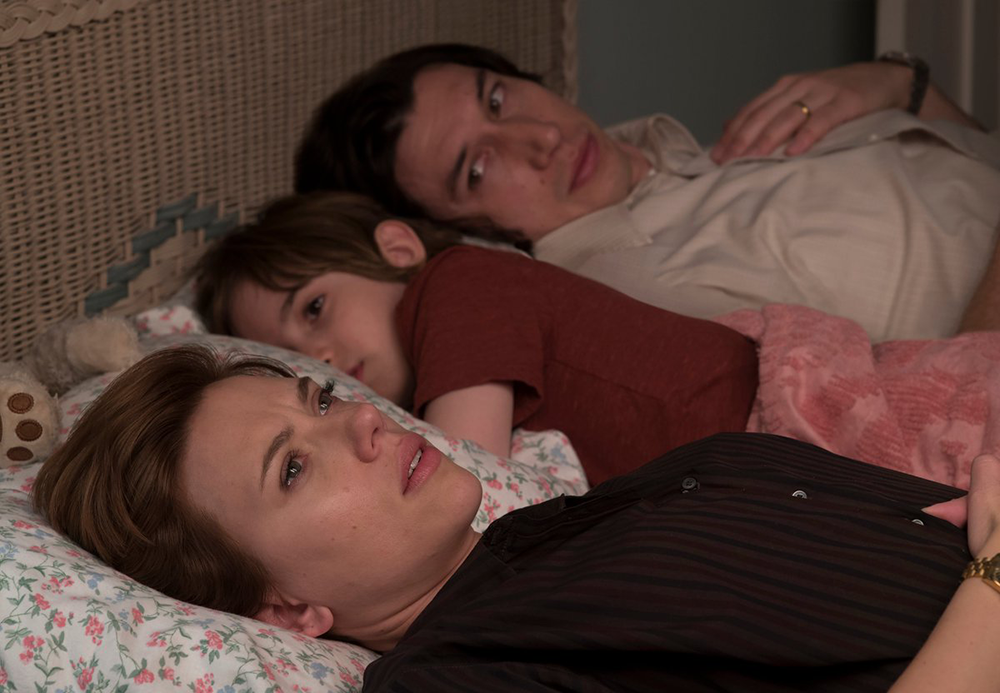
In reality, the extent to which “innovation” has bolstered Netflix’s popularity as a studio is debatable, according to Georgetown University associate professor of English and film and media studies Caetlin Benson-Allott.
“If we’re talking about Netflix’s Oscar bait, then I would say it hosts no innovations. They are extremely traditional,” Benson-Allott said in an interview with The Hoya. “They’re not coming from genres that we see in theaters very much at present, but if you look back to the 1970s through the 1990s, which a lot of people would consider the heyday of American indie cinema, these are incredibly traditional films. They’re very much of a genre.”
Not only do these films belong to an established genre, but Benson-Allott also identifies Netflix’s heavily promoted films this year as conforming to traditional Hollywood best picture contenders in terms of treatment of diversity. The Oscars have drawn criticism year after year for their failure to recognize filmmakers of color and female filmmakers, prompting the persistence of the social media hashtag #OscarsSoWhite, which originated in 2016. This year’s lack of female director nominations snubbed Greta Gerwig, director of “Little Women”; Lulu Wang, director of “The Farewell”; and Marielle Heller, director of “A Beautiful Day in the Neighborhood.”
“I’m being a little dismissive because — of course, there are really good films involved here — because I do think that the movies that Netflix is promoting among its original productions tend to be really white, really high production value, focused on the emotional experiences of pretty affluent individuals,” Benson-Allott said.
Netflix functions as both a distributor and a production studio. While “The Irishman” and “Marriage Story” were both distributed but not produced by Netflix last year, Netflix also produced films including “The Two Popes,” which details the relationship between Pope Benedict XVI and the soon-to-be Pope Francis, and “Dolemite Is My Name,” which tells the story of Black comedian Rudy Ray Moore, who shaped the blaxploitation genre of the 1970s. Blaxploitation films, primarily aimed at Black audiences, were simultaneously praised for representing Black empowerment and criticized for portraying white stereotypes against Black people.
In terms of its most expensive and highly publicized productions, Netflix is playing into the Oscars’ white, male standard in order to achieve award recognition, according to Benson-Allott.
“These aren’t the only kinds of original productions that Netflix is making, of course, but they didn’t exactly put the campaign behind ‘My Name is Dolemite’ that they did for ‘Marriage Story,’” Benson-Allott said.
While Oscar bait does not constitute the entirety of Netflix’s original content, the studio has invested millions into promoting potential best picture nominees. The Oscars campaign process has traditionally seen production companies competing to outspend each other in wooing awards voters with private meetings and dinners. Forbes speculates that Netflix spent at least $50 million on promoting “The Irishman” alone. “Dolemite Is My Name,” on the other hand, was well-received by critics but received no Oscar nominations.
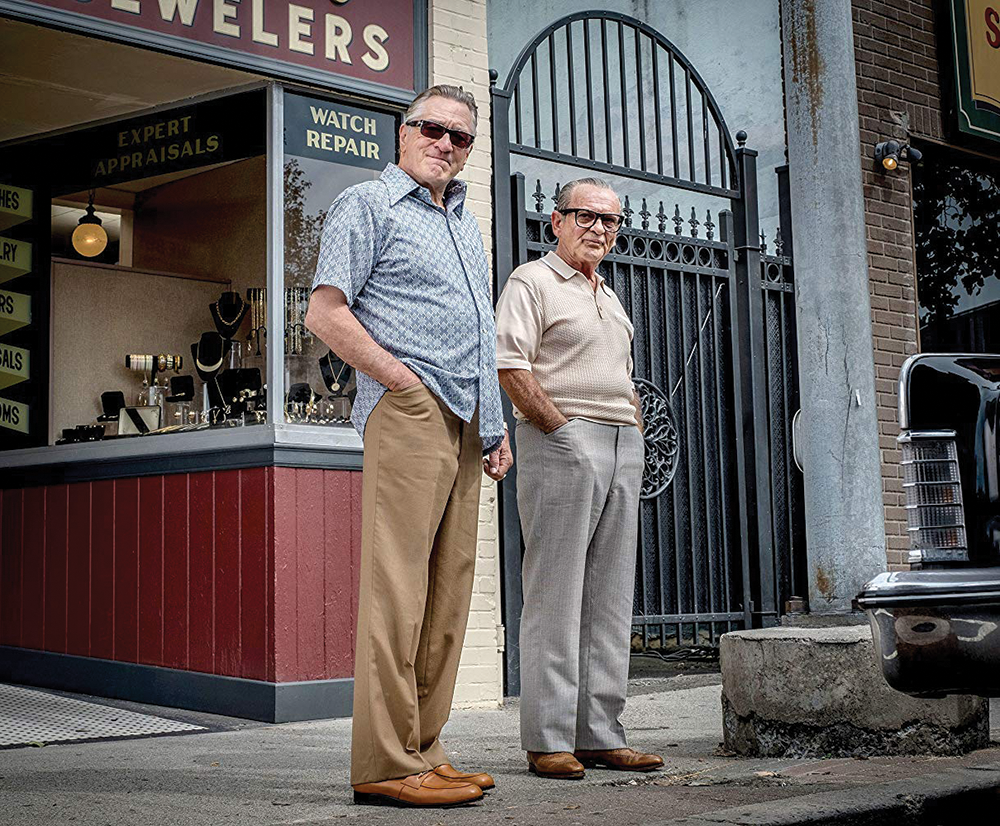
Unlike theaters, VHS and DVD, platforms like Netflix do not discriminate by original language and instead expose English-speaking audiences to foreign language films, according to Benson-Allott.
“With a movie like ‘Roma’ — that was really amazing to me that Netflix put so much money behind a Spanish-language film as its best Oscar contender,” Benson-Allott said. “‘The Irishman’ feels a little bit more like business as usual, but I do want to praise Netflix for helping Americans realize it doesn’t have to be in English to be good.”
Netflix’s sorting by genre facilitates viewership of foreign language films, according to Benson-Allott.
“If you go in there looking for a horror movie, it’s going to give you horror movies that are in English, and French, and Arabic and Spanish,” Benson-Allott said.
Moving in the Direction of Diversity
While Netflix’s campaigns for award recognition place limits on the diversity of its storytelling, the streaming giant has been able to spotlight topical and consequential issues in some of its other work, according to Melissa Jones, film and media studies librarian at Lauinger Library.
“In some ways, because of how they host up their films, and they’re not looking to show in theaters, they have the opportunity to be more creative,” Jones said in an interview with The Hoya. “They seem to have, just from out of the gate, been able to start with more latitude and flexibility, where the others might be working their way towards pushing the envelope.”
Filmmakers like Ava DuVernay have worked with Netflix to produce critical works like the Netflix miniseries “When They See Us” based on the Central Park Five, who were five young men of color wrongly convicted of charges relating to sexual assault in 1990. DuVernay also created and directed the 2016 documentary “13th” on mass incarceration of people of color and the legacy of slavery. Both are candid explorations of racism, oppression and politics.
Delving into sensitive content, as Netflix original documentaries or semihistorical series often do, is an area in which traditional Hollywood studios are lagging, according to Adam Spector, who writes a column titled “Adam’s Rib” for the D.C. Film Society and moderates its film discussion group, Cinema Lounge.
“Studios have become very risk averse and really want to go with films that are going to have a huge opening weekend, that are part of some established franchise — and not all of them, but that’s become the new model,” Spector said in an interview with The Hoya. “So the people who are looking for avenues to tell personal stories and need a certain budget to do it right — they’re more and more turning toward places like Netflix.”
One instance of Netflix giving well-deserved attention to a talented director and thoughtful storyline is the 2017 film “Mudbound,” directed by Dee Rees, according to both Jones and Spector. “Mudbound,” distributed by Netflix, tells a tale of two families, one Black and one white, in the Jim Crow South.
Netflix outpaces other studios in its hiring female directors. Women directed only 10.6% of the 100 highest-grossing films in the United States in 2019, whereas 20% of Netflix’s 53 original films produced in the United States in 2019 were directed by women, according to the Annenberg Inclusion Initiative at the University of South California.
Netflix distinguishes itself from its competitors not only by paying more attention to the racial and gender composition of its teams, but also by allowing diverse filmmakers to tell stories relevant to and important to them, according to Spector.
“Especially when you look at something like a more diverse array of filmmakers, and filmmakers of color and women filmmakers — a studio may do that once in a while, but Netflix is able to do it more consistently,” Spector said. “And for Netflix, a point of emphasis, you have people like Ava DuVernay talking about how Netflix would completely back her and support what she wanted to do. It gave her support that she didn’t necessarily get when she made studio films.”
Advancing diversity entails not only having those filmmakers on board, but also supporting their vision, according to Spector.
“I think what Netflix is doing differently than the studios now is giving unquestioned support to to certain filmmakers — to both up-and-coming filmmakers and established filmmakers — that they may not, unfortunately, be getting from major studios,” Spector said.
Something To Be Desired
Consumers’ shift toward streaming brings with it questions of film ownership and accessibility. Licensing and preserving content is challenging when it is only available via streaming services, creating potential long-term implications for film and media studies as a whole. While tangible media like VHS, DVD and Blu-ray Disc have made collecting films and making them accessible easy for libraries, streaming services do not license to libraries.
Libraries can rent streaming-only content but cannot own it, meaning they have access only so long as the service that owns the content allows it, Jones said.
“If you were to buy a film say on iTunes or on Amazon Prime, you don’t actually own the film. You’ve paid for rights, but they could actually take that back. And there’s a lot of impermanence with stuff that’s streaming only,” Jones said.
Although the streaming-only business model offers affordable deals for as low as $9 per month, the dollar expense is much greater for organizations like libraries. Libraries might be paying hundreds of dollars just to rent a single film for one year, making reliable preservation difficult, according to Jones.
“In twenty years, is there a doctoral student or an undergrad who wants to do research on, you know, the rise of Asian American acting, and some of these major things only came out on streaming platforms? Can we get it? Is it available somewhere? Is it only on a server that’s proprietarily owned that scholars and students don’t have access to?” Jones said.
Movie studios’ adoption of their own proprietary streaming services is an assertive, long-term power grab, as the consumption of film and television content has become increasingly centered on who it is that is producing and releasing that content, according to Benson-Allott.
“Whatever movie you loved in middle school or high school, you probably don’t know what studio made it,” Benson-Allott said. “But when all the studios have their own proprietary streaming services, you’re going to absolutely know which franchises belong to Disney, which director made most of his movies for Paramount, because you’re going to have to subscribe to those services in order to get that content.”
With the role of big studios shifting to assume more control over distribution and licensing in addition to production, the way people interact with that content will inevitably be different and unpredictable, according to Benson-Allott.
“There just hasn’t been anything like this ‘studio as brand,’ ‘studio as gatekeeper,’ model before,” Benson-Allott said. “It’s really hard for any of us to predict how that’s going to change consumers’ relationship to film and television over the next five to ten years.”


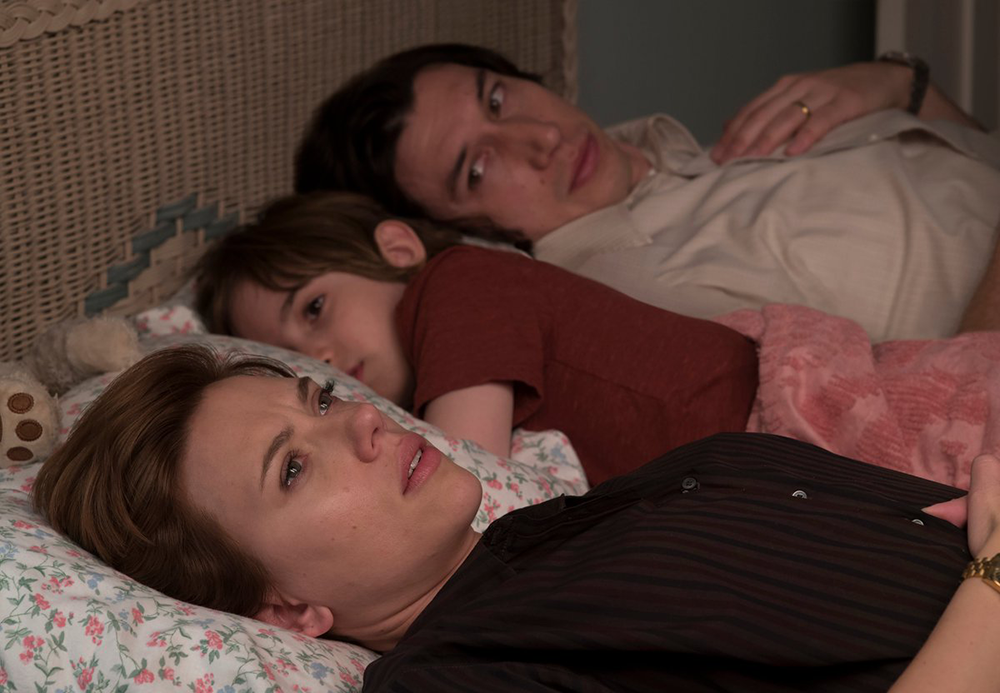








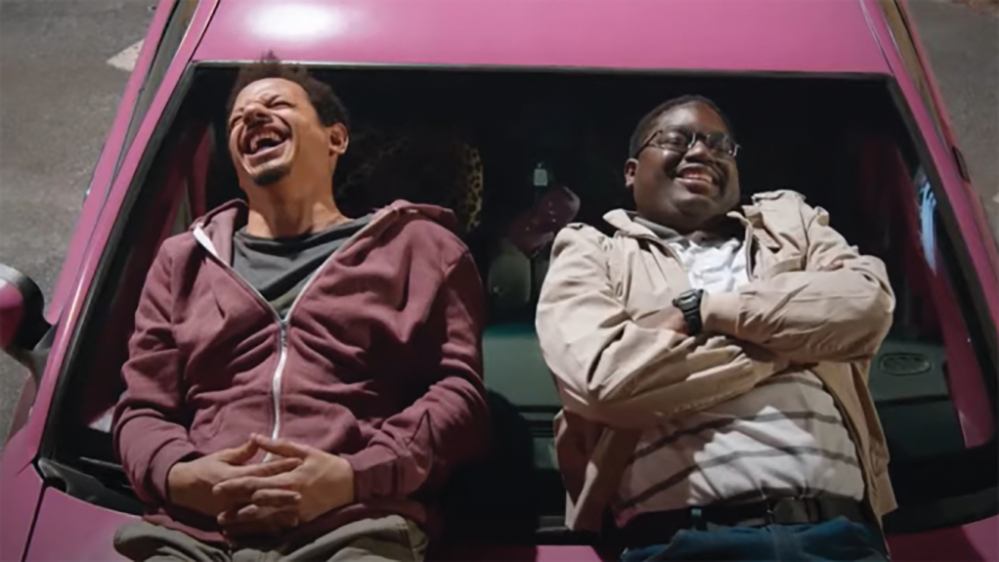
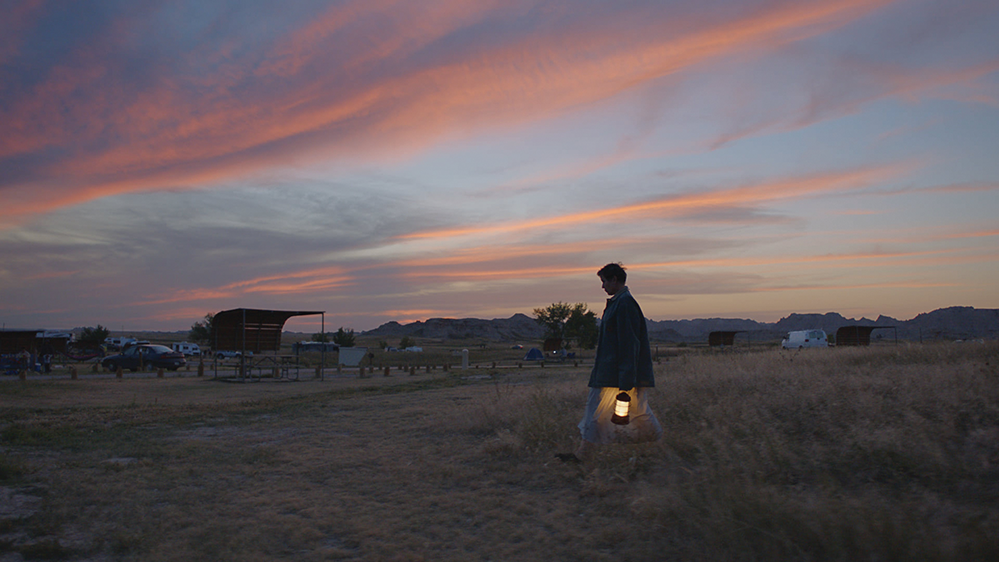








TIC-filmz-Distribution • Oct 13, 2020 at 4:30 am
You will sit at the intersection of product, content, and marketing strategies, identifying long-term opportunities and challenges while shepherding shorter-term . As she gets to know the family, she will find compassion for them and will struggle